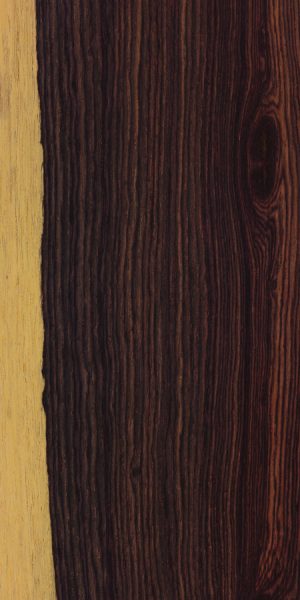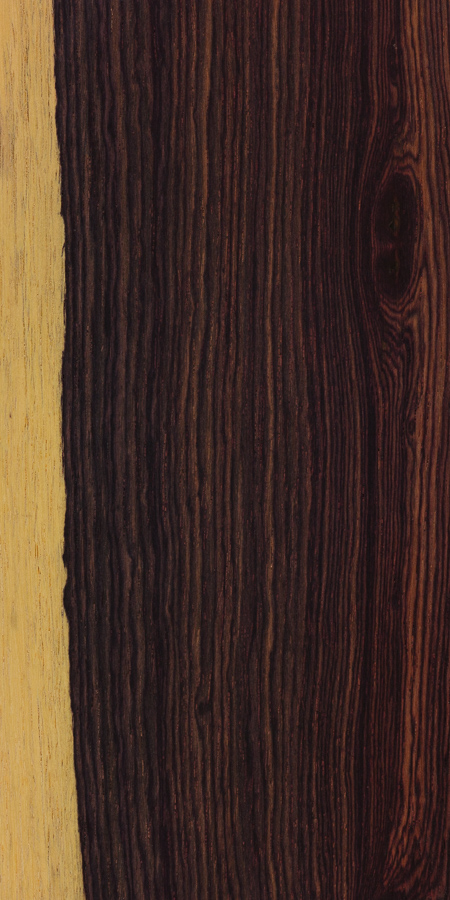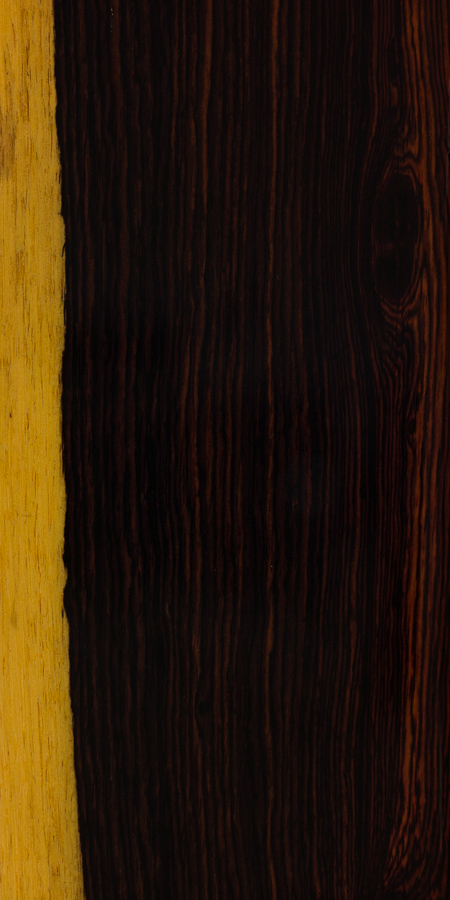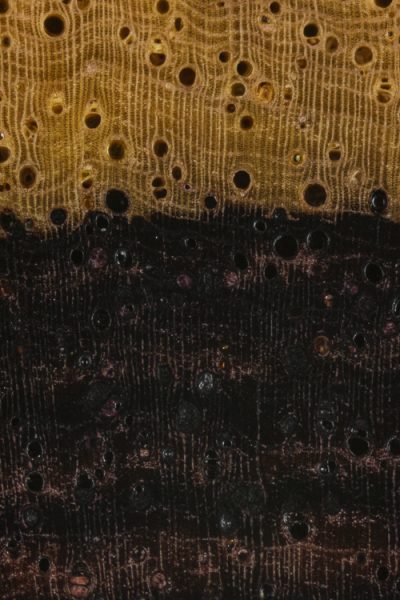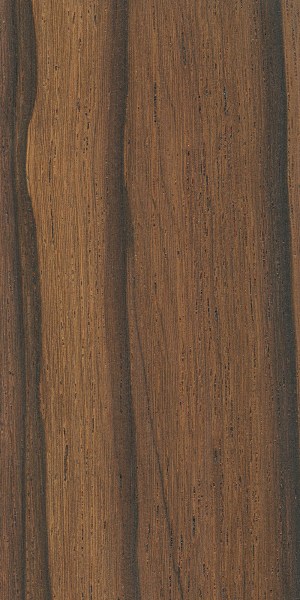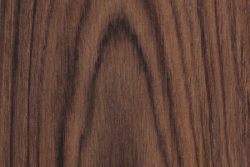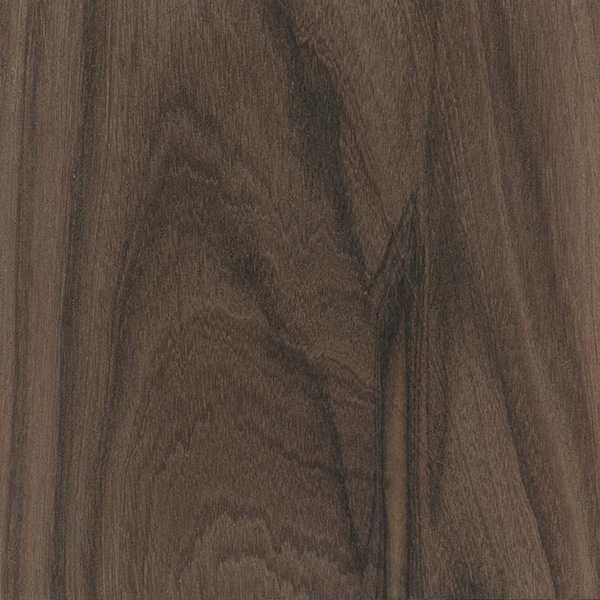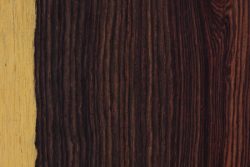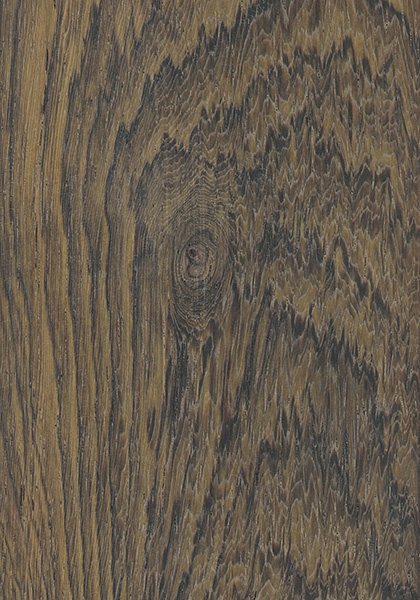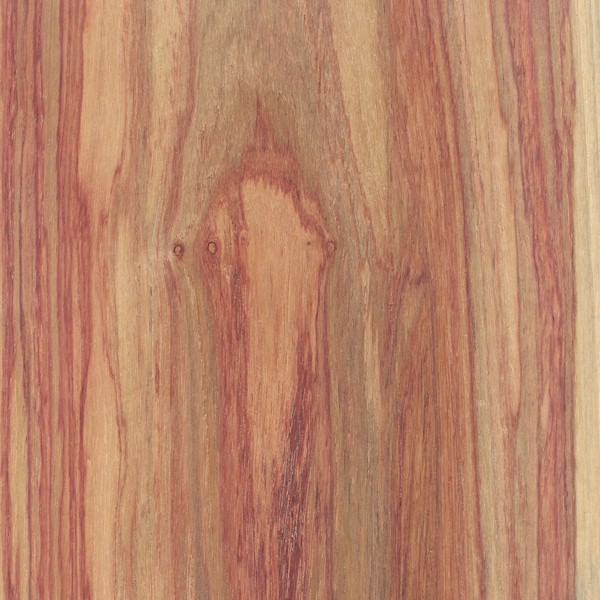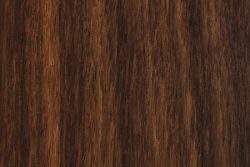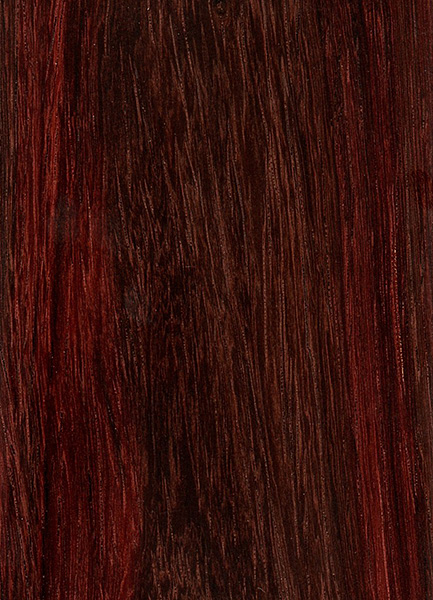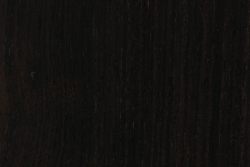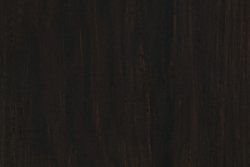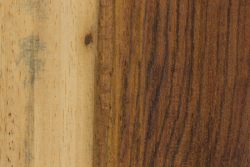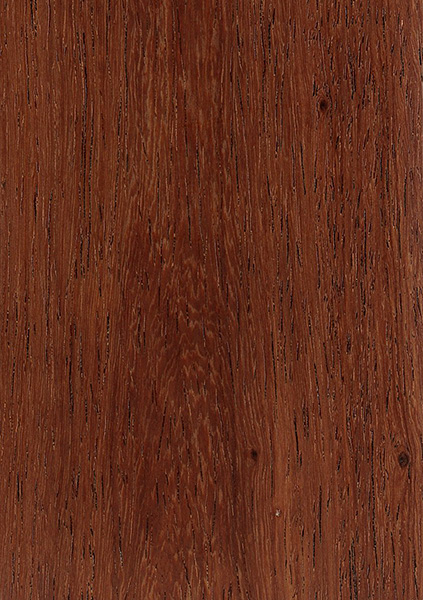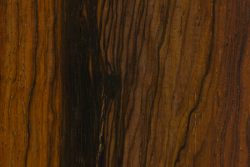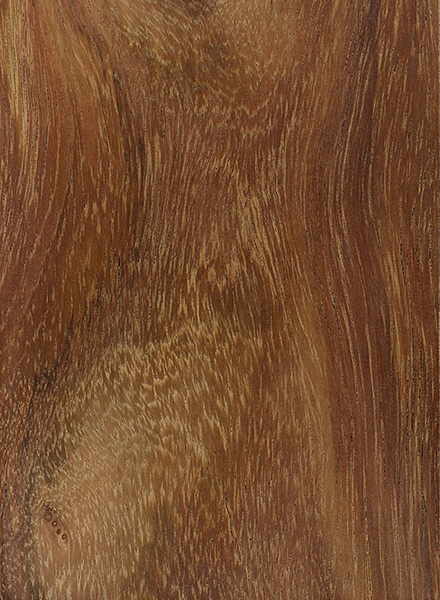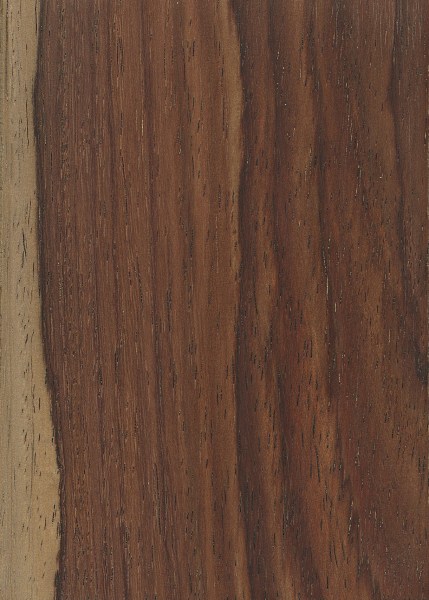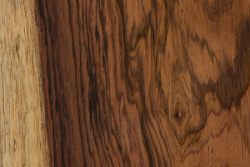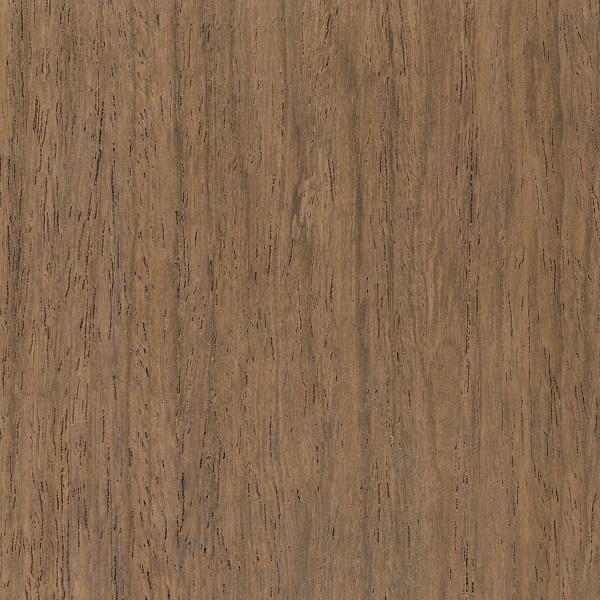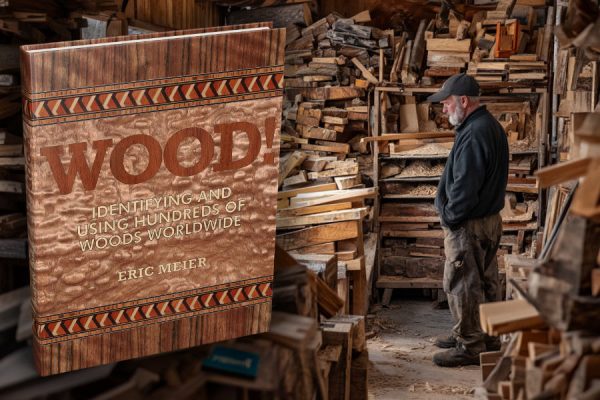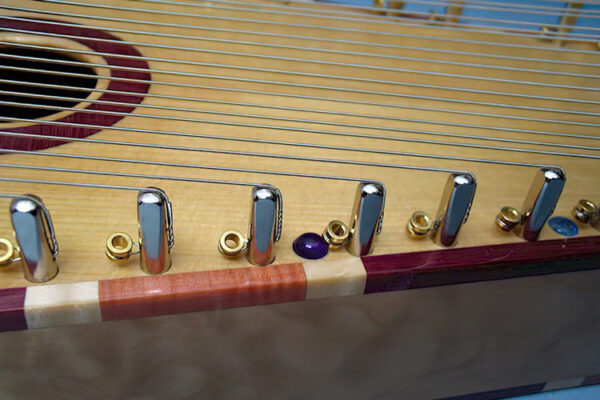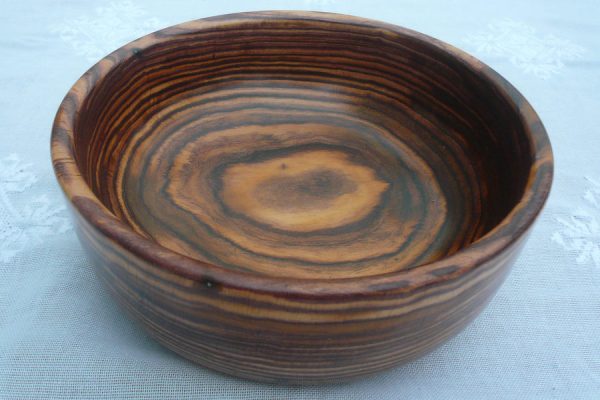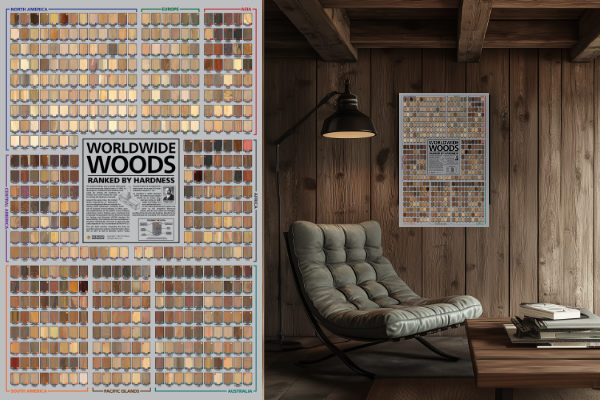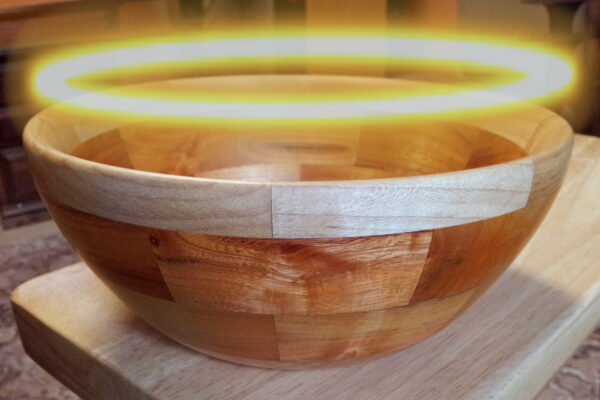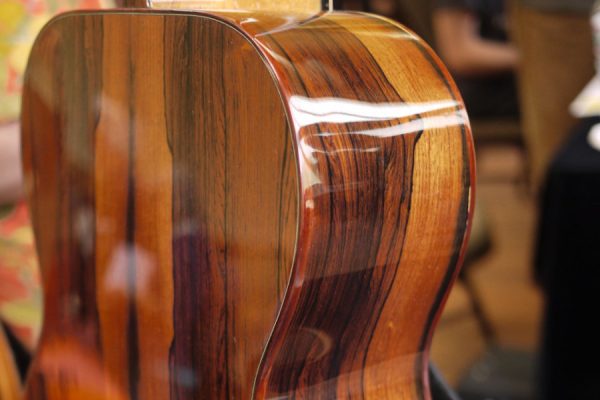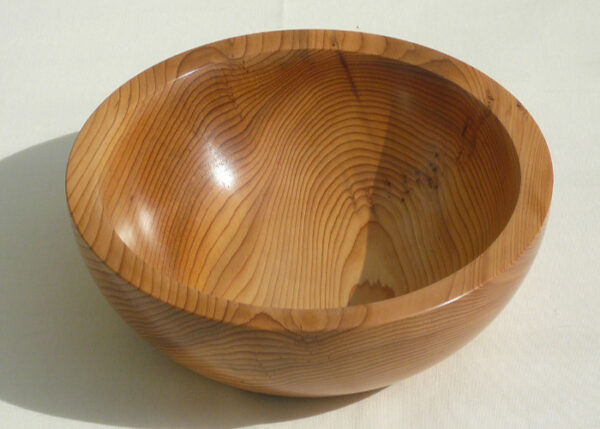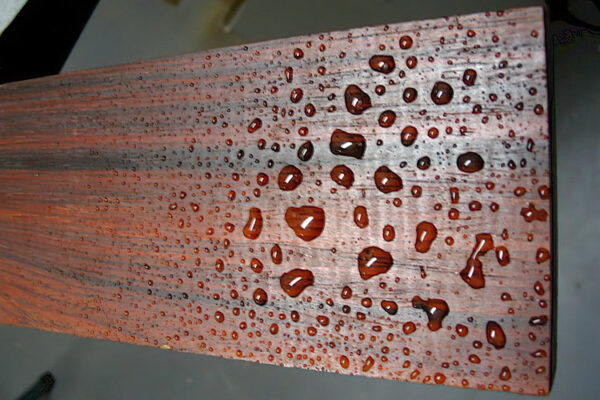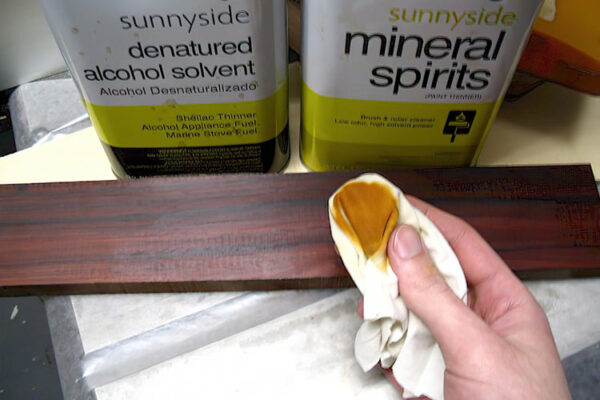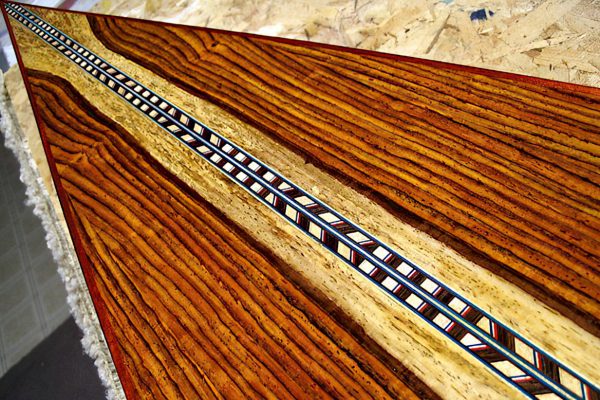Common Name(s): Camatillo (also spelled as camotillo), Mexican kingwood, campincerán
Scientific Name: Dalbergia congestiflora
Distribution: Mexico
Tree Size: 10–24 ft (3–8 m) tall,
6–8 in (15–20 cm) trunk diameter
Average Dried Weight:AVERAGE DRIED WEIGHT
Density is the measurement of a wood’s weight per unit volume. Here, "dried weight" specifically refers to wood at 12% moisture content, and values are given in pounds per cubic foot and kilograms per cubic meter. Also keep in mind that density commonly varies by +/- 10% from the average.
Click on the link "Average Dried Weight" for more details. 72.9 lbs/ft3 (1,165 kg/m3) Very High WEIGHT TIERS
Extremely Low: 0+ kg/m3
Very Low: 420+ kg/m3
Low: 520+ kg/m3
Medium-Low: 620+ kg/m3
Medium: 730+ kg/m3
Medium-High: 840+ kg/m3
High: 960+ kg/m3
Very High: 1,080+ kg/m3
Extremely High: 1,200+ kg/m3
Tiers are based on CSIRO provisional strength groupings (SD1-SD8) based on density.
Janka Hardness:JANKA HARDNESS
This test measures a wood’s resistance to indentation, and is the pounds of force (or Newtons) required to embed a .444" (11.28 mm) diameter steel ball halfway into the wood. Values are for side grain, measured at 12% MC.
Click on the link "Janka Hardness" for more details. 3,050 lbf (13,550 N) High JANKA HARDNESS TIERS
Extremely Low: 0+ N
Very Low: 2,050+ N
Low: 3,150+ N
Medium-Low: 4,480+ N
Medium: 6,280+ N
Medium-High: 8,380+ N
High: 11,080+ N
Very High: 14,000+ N
Extremely High: 17,450+ N
Tiers are derived from CSIRO provisional strength classifications (SD1-SD8) in conjunction with the USDA's estimated hardness based on density.
Elastic Modulus:MODULUS OF ELASTICITY
This test measures the wood’s level of deformation when under a given load. Higher values indicate less deformation (i.e., stiffer). Values are given in pounds of force per square inch and gigapascals, measured at 12% MC.
Click on the link "Elastic Modulus" for more details. 2,706,000 lbf/in2 (18.66 GPa) Very High MOE TIERS
Extremely Low: 0+ GPa
Very Low: 7.9+ GPa
Low: 9.1+ GPa
Medium-Low: 10.5+ GPa
Medium: 12.5+ GPa
Medium-High: 14.0+ GPa
High: 16.0+ GPa
Very High: 18.5+ GPa
Extremely High: 21.5+ GPa
Tiers are based on CSIRO strength classifications (SD1-SD8).
Color/Appearance: Heartwood is a dark purplish or reddish brown with darker black streaks. Sapwood is pale yellow and sharply demarcated from the heartwood. Bears a strong resemblance to Brazilian kingwood. Camatillo’s violet color is actually quite notable, and is suspected to be more stable than other Dalbergia species.[1]Richter, H. G., Krause, V. J., & Muche, C. (1996). Dalbergia congestiflora Standl.: wood structure and physico-chemical properties compared with other Central American species of Dalbergia. Iawa … Continue reading This coloration comes in part from a unique chemical compound found in the heartwood, neocandenatone.[2]Barragán-Huerta, B. E., Peralta-Cruz, J., González-Laredo, R. F., & Karchesy, J. (2004). Neocandenatone, an isoflavan-cinnamylphenol quinone methide pigment from Dalbergia congestiflora. … Continue reading
Grain/Texture: Grain is usually straight or slightly interlocked. Fine, uniform texture and a high natural luster.
Rot Resistance: Although there have been no studies done on camatillo in particular, it is assumed to be comparable to other closely related Dalbergia species, i.e., very durable regarding decay and termite resistance.
Workability: Tends to be difficult to work due to its high density. Camatillo has a moderate blunting effect on cutters, and tearout can occur during planing if interlocked grain is present. Can be difficult to glue due to natural oils and high density. Turns very well and takes a high polish.
Odor: Distinct, rosewood-like odor when being worked.
Allergies/Toxicity: Although severe reactions are quite uncommon, camatillo has been reported to cause skin irritation.[3]Cai, S. C. S., Chong, T. Y. R., Goon, A. T. J., Leow, Y. H., & Cheng, S. W. N. (2024). Taking aim at the wood: Allergic contact dermatitis in a rifle shooting athlete. Contact … Continue reading Because of the obscurity of camatillo, more specific reports are lacking, but given its unique chemical makeup,[4]Martínez-Sotres, C., López-Albarrán, P., Cruz-de-León, J., García-Moreno, T., Rutiaga-Quiñones, J. G., Vázquez-Marrufo, G., … & Herrera-Bucio, R. (2012). Medicarpin, an antifungal … Continue reading[5]Barragán-Huerta, B. E., Peralta-Cruz, J., González-Laredo, R. F., & Karchesy, J. (2004). Neocandenatone, an isoflavan-cinnamylphenol quinone methide pigment from Dalbergia congestiflora. … Continue reading as well as the well-documented allergens found in many Dalbergia species, it’s likely that camatillo wood is an irritant and sensitizer.[6]Saha, S., Shilpi, J. A., Mondal, H., Hossain, F., Anisuzzman, M., Hasan, M. M., & Cordell, G. A. (2013). Ethnomedicinal, phytochemical, and pharmacological profile of the genus Dalbergia … Continue reading See the articles Wood Allergies and Toxicity and Wood Dust Safety for more information.
Pricing/Availability: Likely to be very expensive, and seldom available as lumber due to the rarity and small size of the tree itself. More recently, as positive identifications have become more commonplace (it was previously just mixed with Mexican shipments of cocobolo),[7]Richter, H. G., Krause, V. J., & Muche, C. (1996). Dalbergia congestiflora Standl.: wood structure and physico-chemical properties compared with other Central American species of Dalbergia. Iawa … Continue reading camatillo has been made available on a very limited basis, and is most often seen as smaller turning stock, with its cost being on par with other scarce rosewoods in the Dalbergia genus.
Sustainability: Camatillo is listed on CITES appendix II under the genus-wide restriction on all Dalbergia species—which also includes finished products made of the wood (though finished items under 10 kilograms are exempted). Additionally, camatillo is on the IUCN Red List. It is listed as endangered due to a population reduction of over 50% in the past three generations, caused by a decline in its natural range, and exploitation.
Common Uses: Inlays, veneers, musical instruments, tool handles, and other small turned and/or specialty items.
Comments: Although camatillo bears the closest visual resemblance to kingwood (Dalbergia cearensis), in the context of rosewood harvest, it has been much more often confused with a Mexican species of cocobolo (D. granadillo)—it seems it was originally mixed in with such cocobolo and sold as a violet variation of that wood.[8]Richter, H. G., Krause, V. J., & Muche, C. (1996). Dalbergia congestiflora Standl.: wood structure and physico-chemical properties compared with other Central American species of Dalbergia. Iawa … Continue reading One local source in Colima (western Mexico) reports that camatillo trees are quite rare, occurring at a ratio of only 1:50 compared with the local cocobolo (D. granadillo).[9]Richter, H. G., Krause, V. J., & Muche, C. (1996). Dalbergia congestiflora Standl.: wood structure and physico-chemical properties compared with other Central American species of Dalbergia. Iawa … Continue reading
Images: Drag the slider up/down to toggle between raw and finished wood.
Identification: See the article on Hardwood Anatomy for definitions of end grain features.
Arrangement:ARRANGEMENT
Describes the more individual pore arrangements found throughout the end grain surface, such as solitary, multiples, chains, clusters, etc.
Click on the link “Arrangement” for more details. solitary and radial multiples
Vessels:VESSELS
Describes the relative size and frequency of the pores (vessels), as well as any contents found in the pores, such as tyloses, colored mineral deposits, etc.
Click on the link “Vessels” for more details. medium to large, few to very few; reddish purple deposits occasionally present
Parenchyma:PARENCHYMA
Describes the pattern(s) of the parenchyma cells seen on the endgrain, such as vasicentric, aliform (winged or lozenge), confluent, and banded.
Click on the link “Parenchyma” for more details. aliform, diffuse-in-aggregates, and banded (marginal)
Rays:RAYS
Describes the relative width and frequency of the rays (appearing as thin vertical lines on the endgrain), as well as a note on if these rays are visible with/without magnification.
Click on the link “Rays” for more details. narrow width, normal to close spacing; rays not visible without magnification
Lookalikes/Substitutes: Kingwood (Dalbergia cearensis) is very similar in appearance and weight. However, they can usually be separated based on the parenchyma. True kingwood usually has more sparse and thin parenchyma bands (usually at the annual growth margins), while camatillo tends to have wider parenchyma bands that can be several cells wide.
Notes: Because of the very dark color of the heartwood, it can be helpful to use the lighter sapwood (if present) to look at the wood anatomy.
(Species)
(Authority)
Related Species:
Related Content:
References[+]
| ↑1 | Richter, H. G., Krause, V. J., & Muche, C. (1996). Dalbergia congestiflora Standl.: wood structure and physico-chemical properties compared with other Central American species of Dalbergia. Iawa Journal, 17(3), pg. 338. |
|---|---|
| ↑2, ↑5 | Barragán-Huerta, B. E., Peralta-Cruz, J., González-Laredo, R. F., & Karchesy, J. (2004). Neocandenatone, an isoflavan-cinnamylphenol quinone methide pigment from Dalbergia congestiflora. Phytochemistry, 65(7), 925-928. |
| ↑3 | Cai, S. C. S., Chong, T. Y. R., Goon, A. T. J., Leow, Y. H., & Cheng, S. W. N. (2024). Taking aim at the wood: Allergic contact dermatitis in a rifle shooting athlete. Contact Dermatitis, 90(4), 433-435. |
| ↑4 | Martínez-Sotres, C., López-Albarrán, P., Cruz-de-León, J., García-Moreno, T., Rutiaga-Quiñones, J. G., Vázquez-Marrufo, G., … & Herrera-Bucio, R. (2012). Medicarpin, an antifungal compound identified in hexane extract of Dalbergia congestiflora Pittier heartwood. International Biodeterioration & Biodegradation, 69, 38-40. |
| ↑6 | Saha, S., Shilpi, J. A., Mondal, H., Hossain, F., Anisuzzman, M., Hasan, M. M., & Cordell, G. A. (2013). Ethnomedicinal, phytochemical, and pharmacological profile of the genus Dalbergia L.(Fabaceae). Phytopharmacology, 4(2), 291-346. |
| ↑7, ↑8 | Richter, H. G., Krause, V. J., & Muche, C. (1996). Dalbergia congestiflora Standl.: wood structure and physico-chemical properties compared with other Central American species of Dalbergia. Iawa Journal, 17(3), pg. 328. |
| ↑9 | Richter, H. G., Krause, V. J., & Muche, C. (1996). Dalbergia congestiflora Standl.: wood structure and physico-chemical properties compared with other Central American species of Dalbergia. Iawa Journal, 17(3), pg. 331. |

